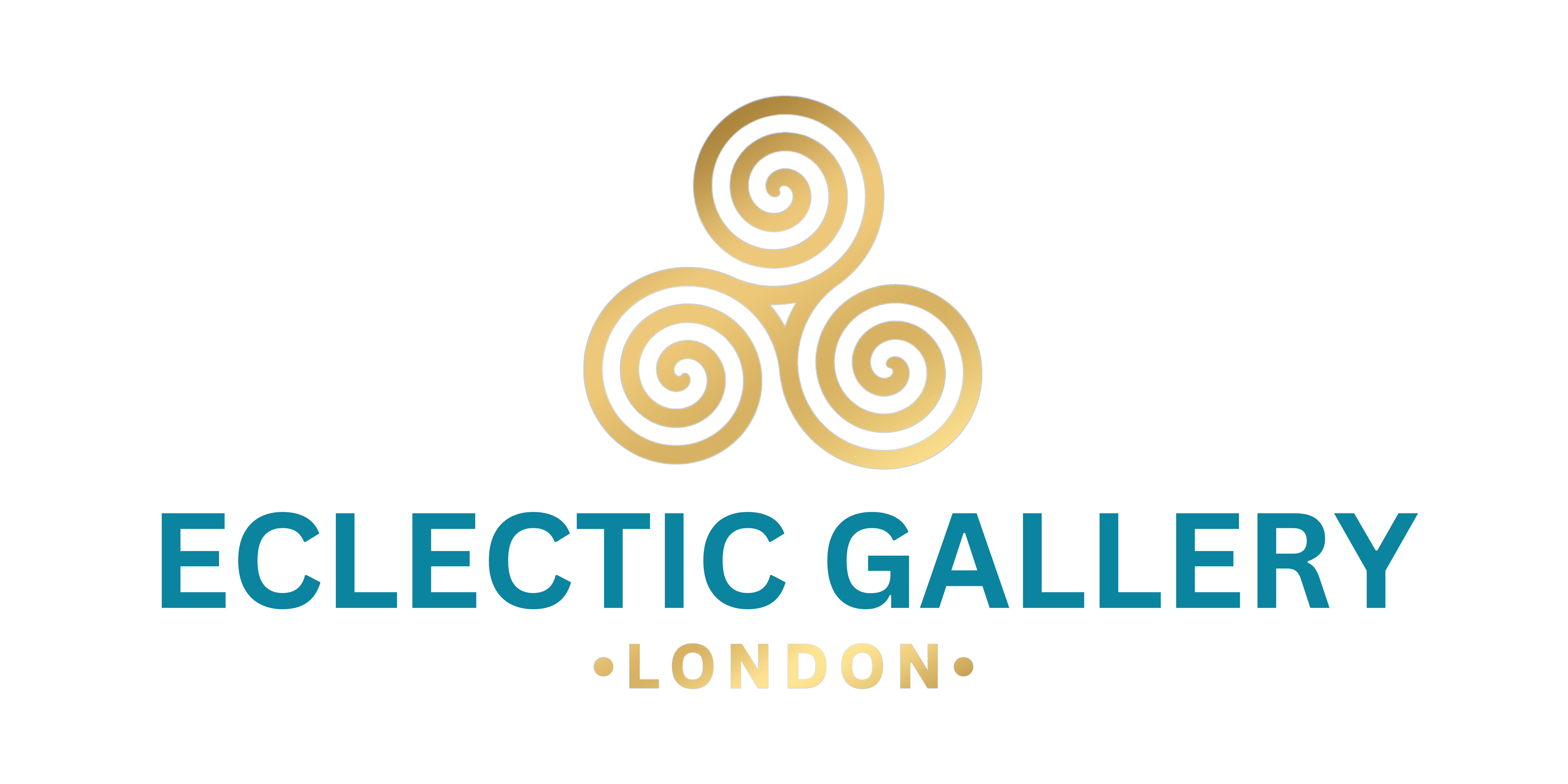In the intricate dance between art and literature, there exists a profound interconnection that enriches both realms, creating a symbiotic relationship that transcends boundaries. The fusion of written word and visual imagery has long been a source of inspiration, creativity, and intellectual exploration.
At the heart of this intersection lies the deep connection between literature and visual art. Both forms of expression share the common goal of conveying ideas, emotions, and narratives to the audience. While literature relies on the written word to paint vivid images in the mind of the reader, visual art harnesses the power of imagery to evoke emotions and convey meaning.
Literature and visual art are bound together by threads of inspiration and influence. Artists often draw inspiration from literary works, using words and stories as a catalyst for their creative process. Conversely, writers frequently incorporate visual imagery into their works, using descriptive language to evoke vivid scenes and settings.
The interrelation between literature and other arts is multifaceted and dynamic. From paintings inspired by classic novels to sculptures that bring poetry to life, artists have long been inspired by literary works. Similarly, literature often references visual art, using imagery and symbolism to enrich storytelling.
A literary description of a work of visual art can offer a unique perspective, providing insight into the artist's intent and the emotional resonance of the piece. Through vivid descriptions and nuanced interpretations, writers can breathe life into static images, imbuing them with deeper meaning and significance.
While visual art and literature share many similarities, they also possess distinct characteristics that set them apart. Visual art relies on the manipulation of form, colour, and space to create meaning, while literature uses language and narrative structure to convey ideas and emotions.
Despite these differences, certain visual arts are closely related to writing. For example, calligraphy combines the visual beauty of intricate letterforms with the expressive power of written language, blurring the lines between art and text.
One artist who skilfully combines literature and art is Solmaz Tohidloo, represented by Eclectic Gallery. Through her portraits of women adorned in modern interpretations of traditional Persian clothing, Tohidloo seamlessly integrates Persian words into her artwork. These inscriptions, woven into the fabric of her subjects' garments and skin, serve as a bridge between visual imagery and written language, inviting viewers to explore the intersection of culture, identity, and expression.
In conclusion, the relationship between art and literature is a rich tapestry woven from threads of inspiration, creativity, and mutual influence. From ancient manuscripts adorned with intricate illustrations to contemporary artworks that blur the lines between text and image, the fusion of written word and visual imagery continues to captivate and inspire audiences around the world.


